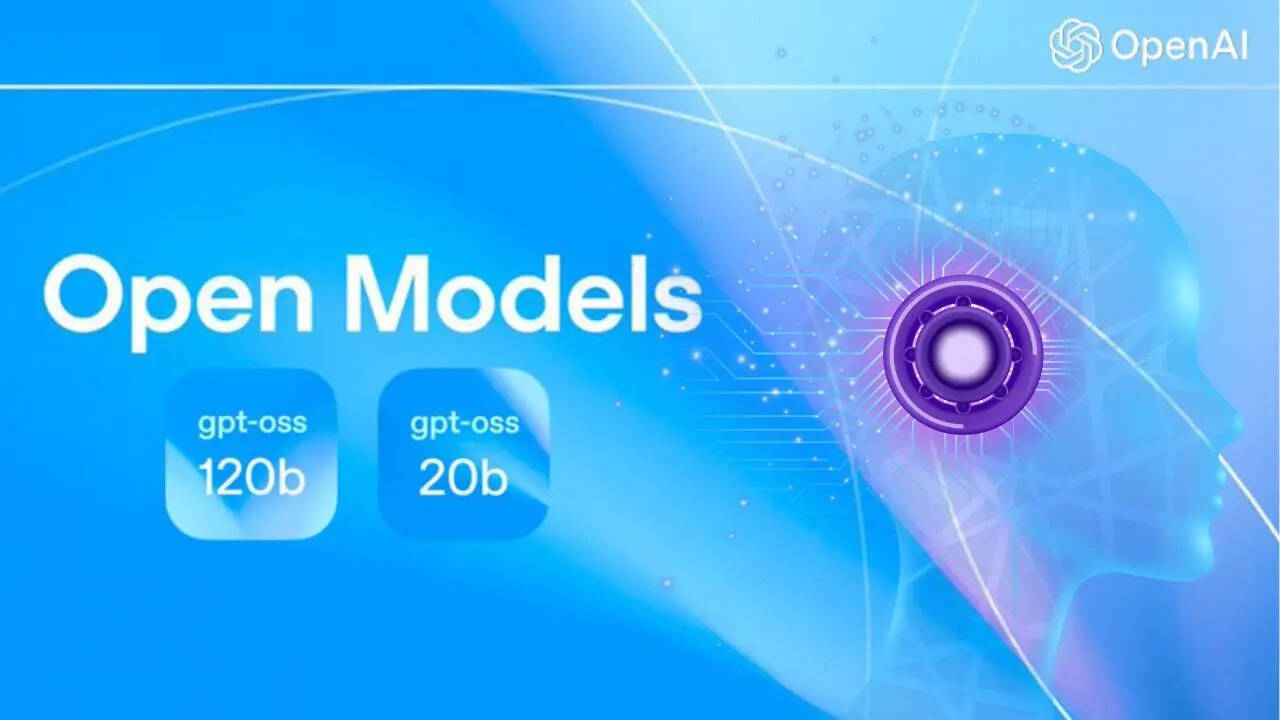Science
OpenAI Unveils New Open Source AI Models for Laptops and Phones

OpenAI has introduced two new open-source AI models designed for use on laptops and smartphones. The models, named GPT OSS-120b and GPT OSS-20b, are available for download via Hugging Face under the Apache 2.0 license, allowing developers and enterprises to access them without cost. This launch precedes the anticipated release of GPT-5, marking a significant step in OpenAI’s efforts to democratize AI technology.
In a recent announcement on social media platform X.com, OpenAI’s CEO, Sam Altman, highlighted the capabilities of the new models. He stated, “gpt-oss-120b performs about as well as o3 on challenging health issues.” The GPT OSS-120b model is optimized for deployment using a single NVIDIA GPU, while the GPT OSS-20b is designed to function on consumer-grade laptops equipped with a minimum of 16GB RAM.
Technical Specifications and Capabilities
Both models are entirely text-based and do not support multimodal functions such as image or audio generation. They have been tailored for agent-style tasks and include functionalities for advanced reasoning workflows. Utilizing a Mixture-of-Experts (MoE) architecture, these models activate only a small subset of parameters per token. The GPT OSS-120b model operates with around 5.1 billion parameters, which enhances its efficiency and responsiveness.
According to OpenAI, these models establish a new benchmark in the open-weight category. On the Codeforce programming benchmark tool, the GPT OSS-120b achieved a score of 2622, while the GPT OSS-20b scored 2516. Despite these advancements, both models have been reported to struggle with “hallucinations,” or generating incorrect information. A report from TechCrunch indicated that the GPT OSS-120 hallucinated about 49% of the time on the PersonaQA benchmark, whereas the GPT OSS-20b exhibited a similar issue, hallucinating approximately 50% of the time.
Safety Measures and Future Prospects
OpenAI has emphasized that both models underwent rigorous safety training. They have been purged of harmful data regarding biological, radiological, chemical, and nuclear threats. Additionally, the models have been modified to reject unsafe prompts, providing a layer of protection against potential misuse through prompt injections.
As the demand for AI solutions continues to grow, OpenAI’s release of these open-source models signals a commitment to making advanced AI technology accessible. By offering robust capabilities for both enterprise and individual developers, OpenAI is paving the way for innovative applications in various fields. The future will reveal how these tools will be leveraged to enhance productivity and creativity across different sectors.
-

 World5 months ago
World5 months agoSBI Announces QIP Floor Price at ₹811.05 Per Share
-

 Lifestyle5 months ago
Lifestyle5 months agoCept Unveils ₹3.1 Crore Urban Mobility Plan for Sustainable Growth
-

 Science4 months ago
Science4 months agoNew Blood Group Discovered in South Indian Woman at Rotary Centre
-

 World5 months ago
World5 months agoTorrential Rains Cause Flash Flooding in New York and New Jersey
-

 Top Stories5 months ago
Top Stories5 months agoKonkani Cultural Organisation to Host Pearl Jubilee in Abu Dhabi
-

 Sports4 months ago
Sports4 months agoBroad Advocates for Bowling Change Ahead of Final Test Against India
-

 Science5 months ago
Science5 months agoNothing Headphone 1 Review: A Bold Contender in Audio Design
-

 Top Stories5 months ago
Top Stories5 months agoAir India Crash Investigation Highlights Boeing Fuel Switch Concerns
-

 Business5 months ago
Business5 months agoIndian Stock Market Rebounds: Sensex and Nifty Rise After Four-Day Decline
-

 Sports4 months ago
Sports4 months agoCristian Totti Retires at 19: Pressure of Fame Takes Toll
-

 Politics5 months ago
Politics5 months agoAbandoned Doberman Finds New Home After Journey to Prague
-

 Top Stories5 months ago
Top Stories5 months agoPatna Bank Manager Abhishek Varun Found Dead in Well









